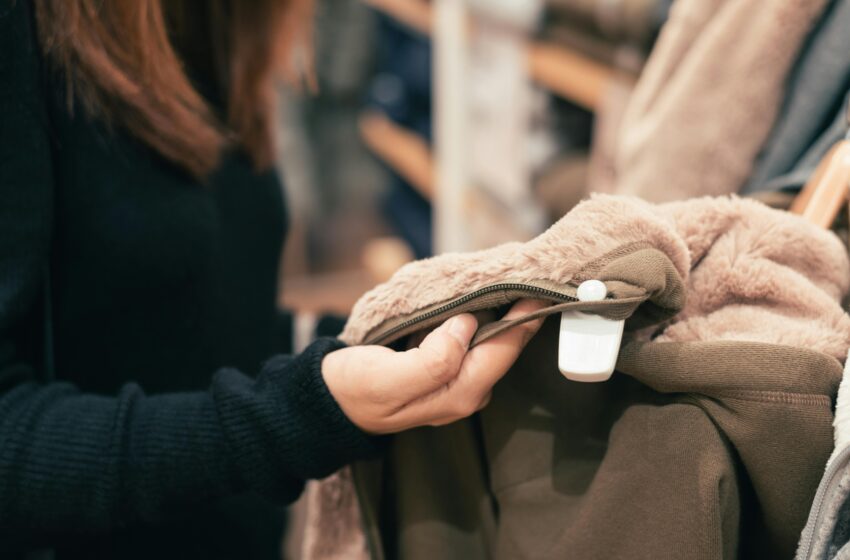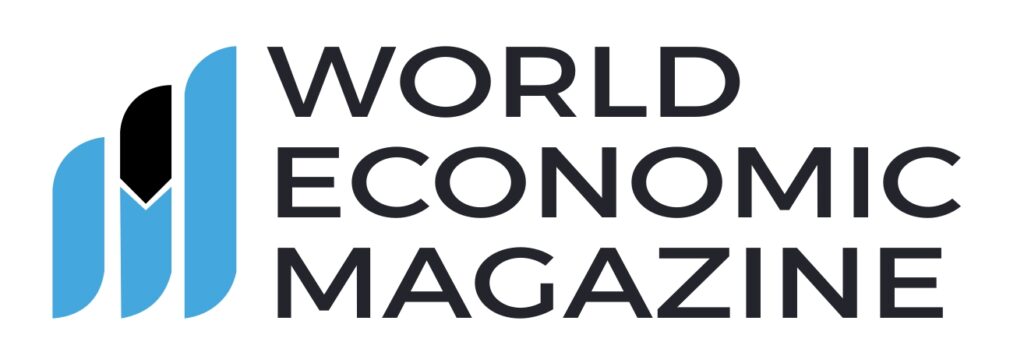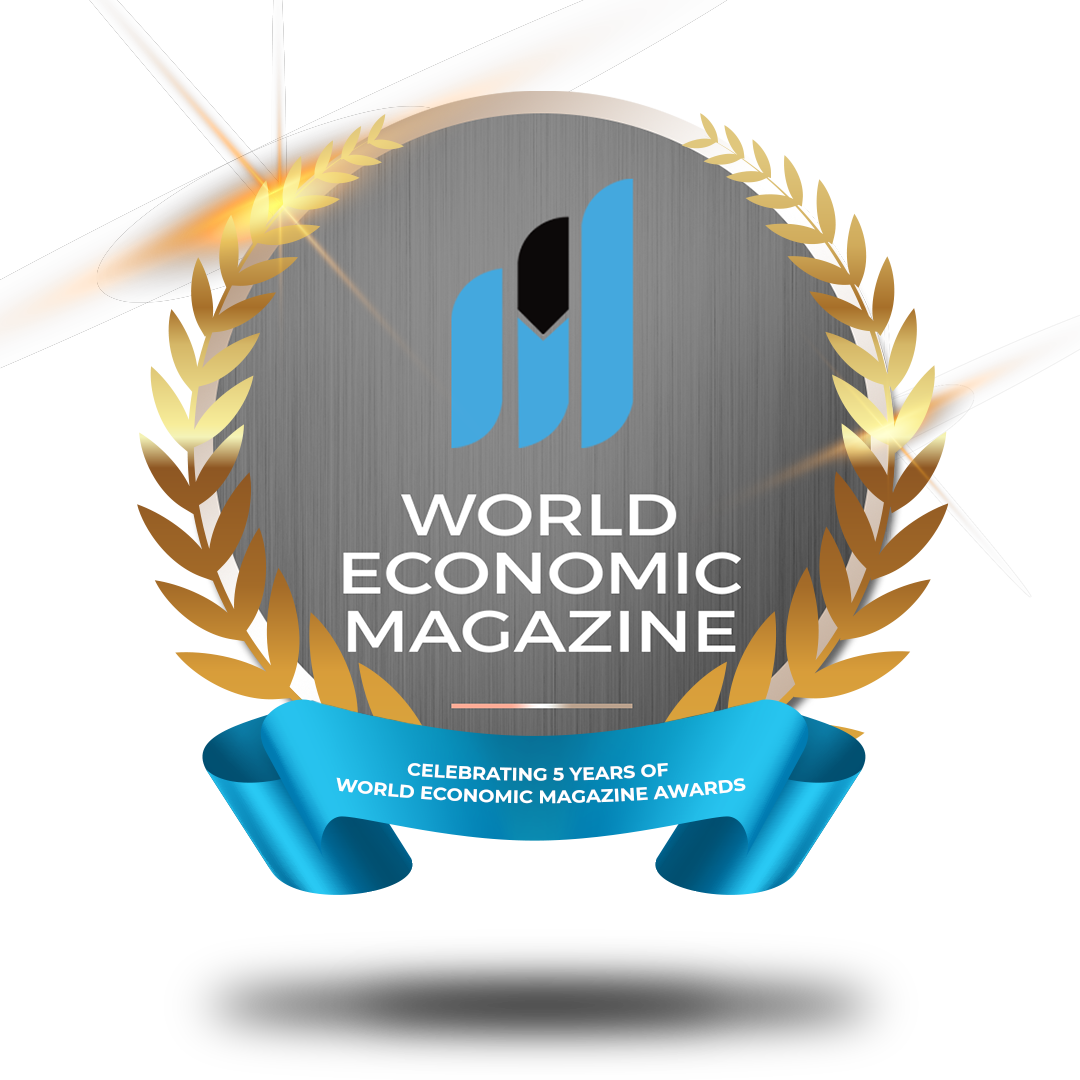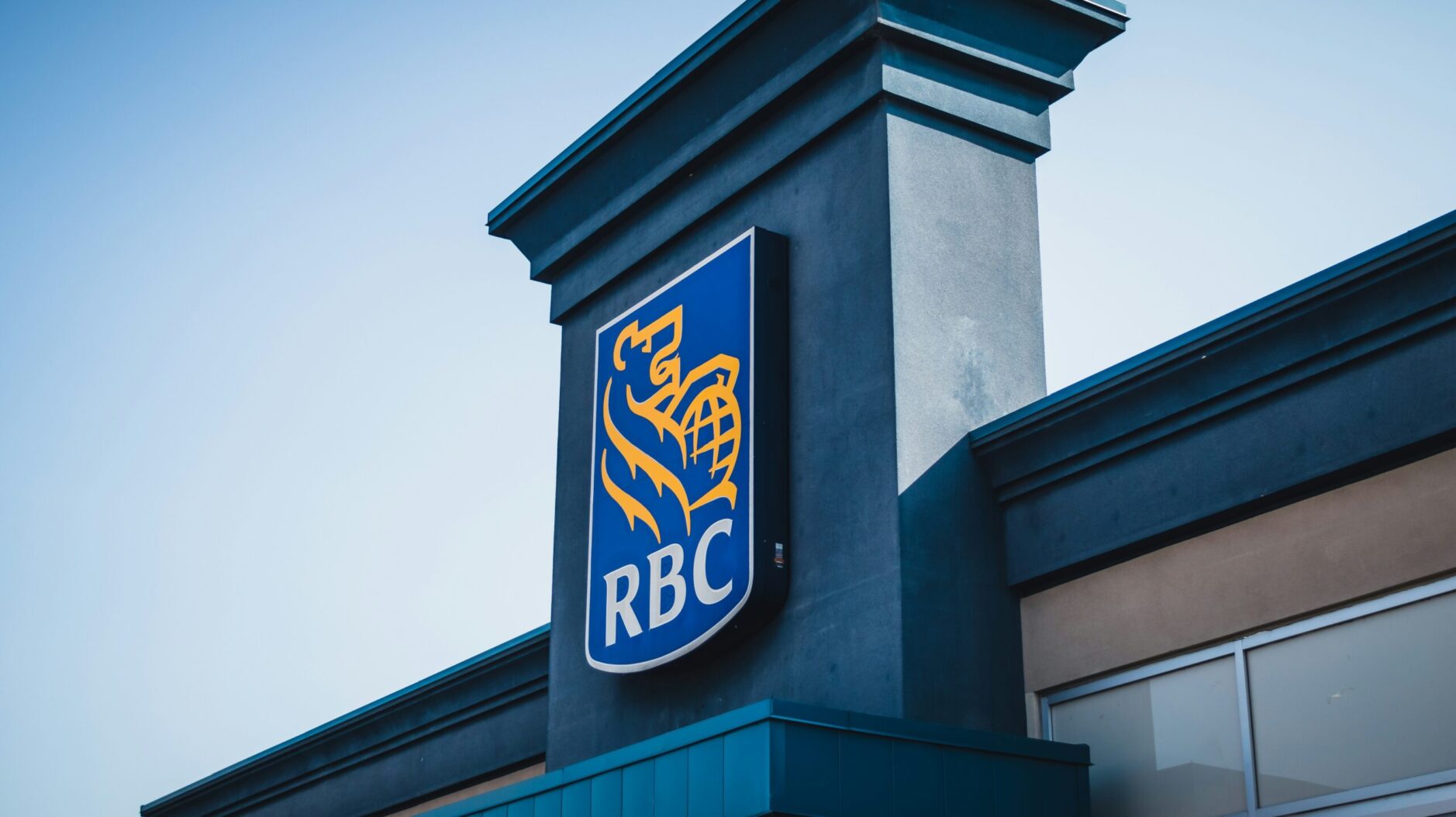
FTC’s Crackdown on False ‘Made in USA’ Labels: Upholding Transparency in Consumer Choices
In a marketplace flooded with diverse consumer choices, the allure of products proudly boasting a “Made in the USA” label holds a special place for many American consumers. However, recent actions by the Federal Trade Commission (FTC) reveal a persistent challenge of deceptive claims surrounding the origin of products. This scrutiny emphasizes the importance of transparency in labeling and the impact dishonest practices can have on both consumers and honest businesses.
The FTC’s Vigilance on Deceptive ‘Made in USA’ Claims
The recent case involving Chaucer Accessories underscores the FTC’s commitment to challenging deceptive “Made in USA” claims. Chaucer, along with related companies, settled charges in August for falsely declaring their products as “Made in the USA” when, in reality, they were either wholly imported or incorporated significant imported components. This move aligns with the FTC’s broader crackdown on misleading advertising in the past two years.
Historical Precedents: Electrowarmth and Instant Brands Cases
The Chaucer case is not an isolated incident but part of a series of actions taken by the FTC. In August 2022, Electrowarmth Products faced legal action for selling heated mattress pads with claims like “Made in the USA since 1939,” when the products were entirely manufactured in China. Similarly, in March of this year, Instant Brands settled charges for implying that measuring cups made in China were, in fact, made in the USA. These instances underscore the need for stringent regulations and enforcement in curbing deceptive marketing practices.
Understanding ‘Made in USA’ Labeling Requirements
For a product to bear an unqualified “Made in USA” label, certain criteria must be met. These include ensuring that all or virtually all of the components are made and sourced in the U.S. and that the final assembly or processing, along with all significant processing, occurs within the country. Manufacturers are allowed qualified claims if they transparently disclose the extent to which the product contains foreign parts, ingredients, or components. This regulatory framework aims to provide consumers with accurate information about the origin of the products they purchase.
Chaucer Accessories’ Attempt at Compliance
Chaucer Accessories attempted to navigate these requirements by labeling belts with U.S. buckles attached to straps from Taiwan as “Made in USA from Global Materials.” However, U.S. Customs and Border Protection contested this, asserting that attaching a buckle to an imported belt strap constitutes minimal assembly and doesn’t alter the fundamental character of the product.
Impact on Honest Businesses and Consumers
Beyond the legal implications for the companies involved, false “Made in USA” claims have broader consequences. Samuel Levine, director of the FTC’s Bureau of Consumer Protection, highlighted that such deceptive practices not only mislead consumers but also harm honest businesses. Most consumers lack the means to independently verify a product’s country of origin, emphasizing the importance of relying on the reputation of manufacturers and marketers making these claims.
Conclusion
As consumers navigate an increasingly globalized marketplace, the significance of truthful and transparent product labeling cannot be overstated. The FTC’s continued efforts to crack down on deceptive “Made in USA” claims reflect a commitment to upholding trust in consumer choices. Honest businesses, in turn, benefit from a level playing field where their commitment to domestic production is not overshadowed by false advertising. Moving forward, such regulatory actions play a vital role in shaping a marketplace where consumers can make informed decisions, fostering trust and accountability in the dynamic landscape of consumer goods.






